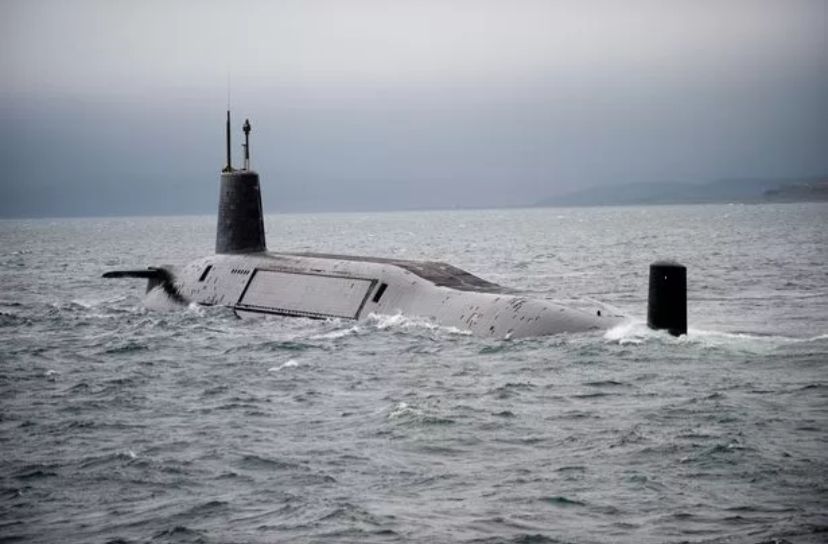Russian sensors suspected of trying to spy on British nuclear submarines are reported to have been found hidden in the seas around the UK.
The British military made the discovery after a number of them washed ashore and were located by the Royal Navy, minehunter ships. They are being seen as a potential threat to national security.
The situation has not previously been made public but it has been reported and was looking to try and collect intelligence on the UK’s four Vanguard class submarines, which carry nuclear missiles.
At least one of the submarines is at sea as part of Britain’s continuous at-sea deterrent.
Moscow has a fleet of specialist submarines which are reported to be better equipped than Britain and its Nato allies in terms of both seabed warfare and espionage.
The Ministry of Defence suspects Russia deployed the spy gear as part of a wider campaign of greyzone warfare, targeting cables, pipelines and undersea assets.
Last year, Russian ships were repeatedly spotted near sensitive infrastructure — including the Yantar, a suspected spy vessel seen lurking around pipelines and internet cables in the Irish Sea in November.
Royal Navy warships and RAF Poseidon spy planes shadowed the Yantar as it hovered over deep-sea cables between Dublin and Liverpool.
That same month, RAF fighter jets were scrambled to intercept a Russian warplane over the North Sea.
Throughout the conflict with Ukraine, Russia has been stepping up surveillance and sabotage of underwater internet connections, energy pipelines and military cables, which are key to the West.
In 15 months, there have been at least 11 internet cables that have suffered damage in the Baltic Sea, partly because anchors have been dragged across the seabed by ships.
“You really need to keep the [engine] power on to drag, so it is a deliberate act,” a defence insider said.
Nordic Warden, a reaction system that uses AI to track the whereabouts of the Russian shadow fleet, was triggered by the UK-led Joint Expeditionary Force when a cable between Estonia and Finland was damaged in December.
A senior serving British military figure added: “There should be no doubt, there is a war raging in the Atlantic. This is a game of cat and mouse that has continued since the ending of the Cold War, and is now heating up again. We are seeing phenomenal amounts of Russian activity.”
Russia’s spy ship Yantar drew attention when it appeared close to UK shores last year and its underwater research programme is largely overseen by the Main Directorate for Deep-Sea Research (Gugi).
“It’s a bit like the space race,” said one senior UK source. “This is a world clouded in secrecy and subterfuge, it’s very hard to get absolute clarity. But there’s enough smoke to suggest something is on fire somewhere.”
A senior official said: “We’ve got to play by the rules of the game. But whereas before we were playing it nicely, now we’re being more muscular.”
An MoD spokesman said: “We are committed to enhancing the security of critical offshore infrastructure.
“Alongside our NATO and Joint Expeditionary Force allies, we are strengthening our response to ensure that Russian ships and aircraft cannot operate in secrecy near the UK or near NATO territory, harnessing new technologies like AI and coordinating patrols with our allies.
“And our continuous-at-sea nuclear deterrent continues to patrol the world’s oceans undetected as it has done for 56 years.”



